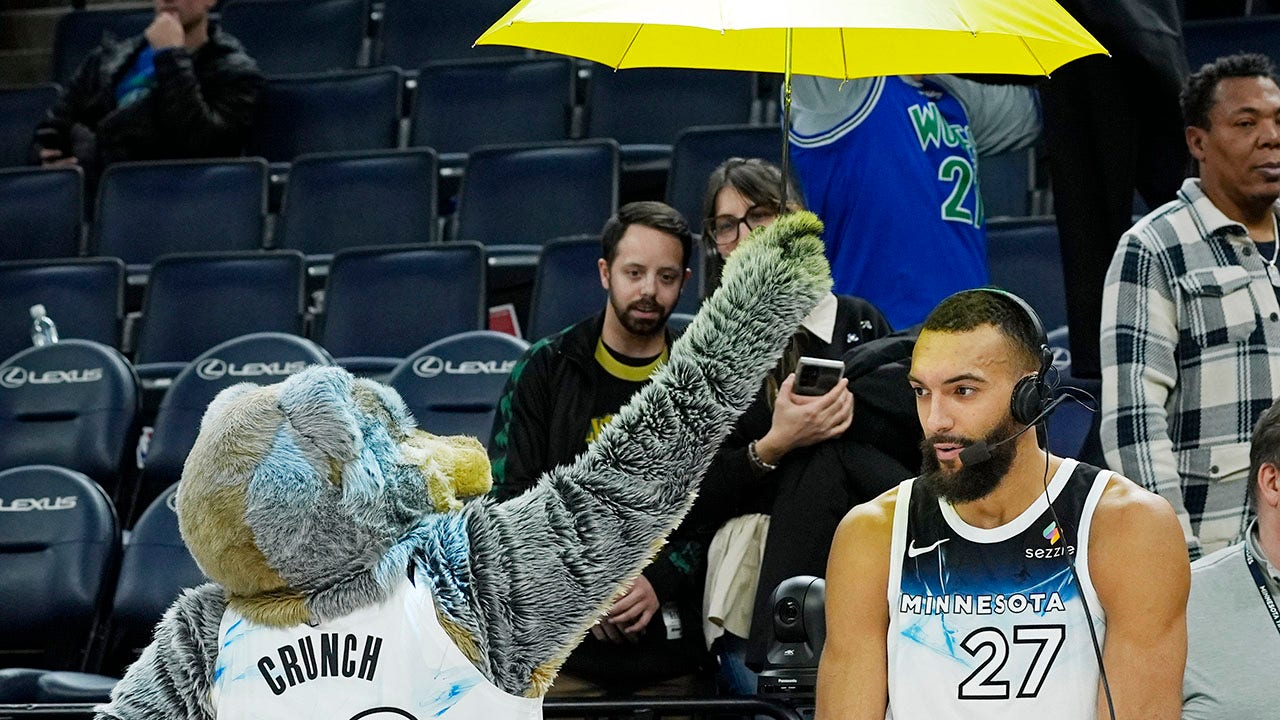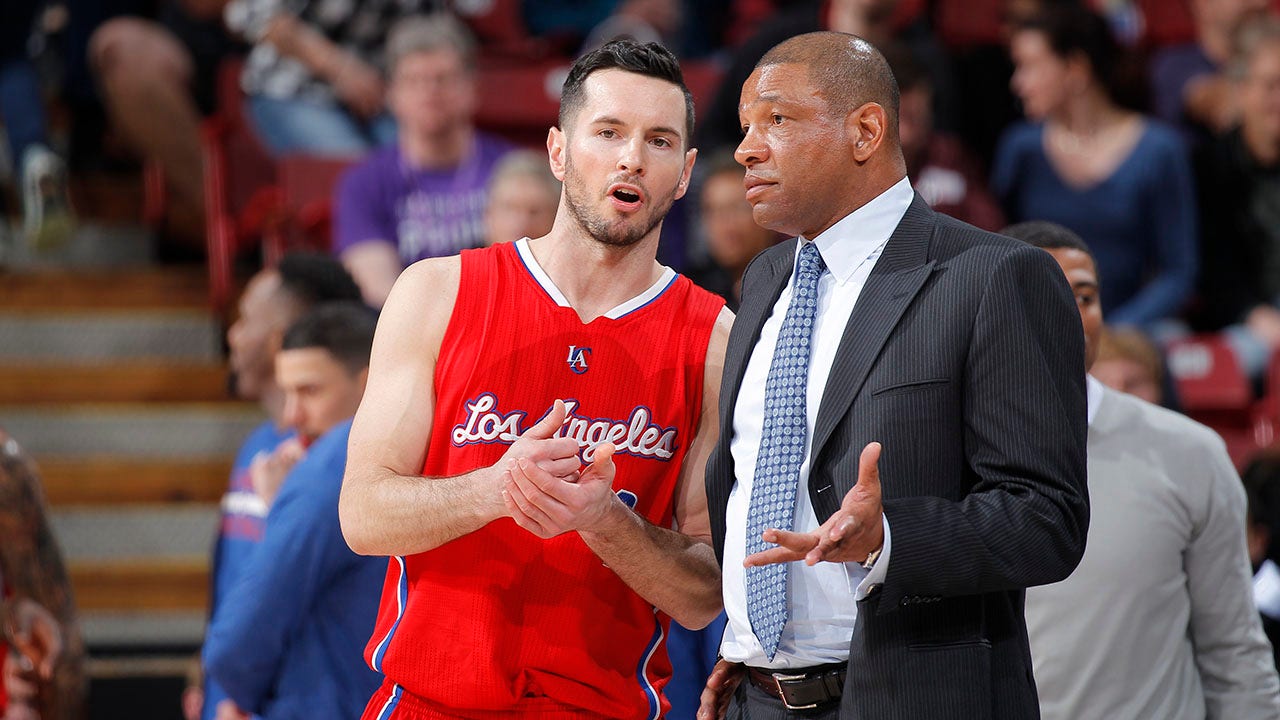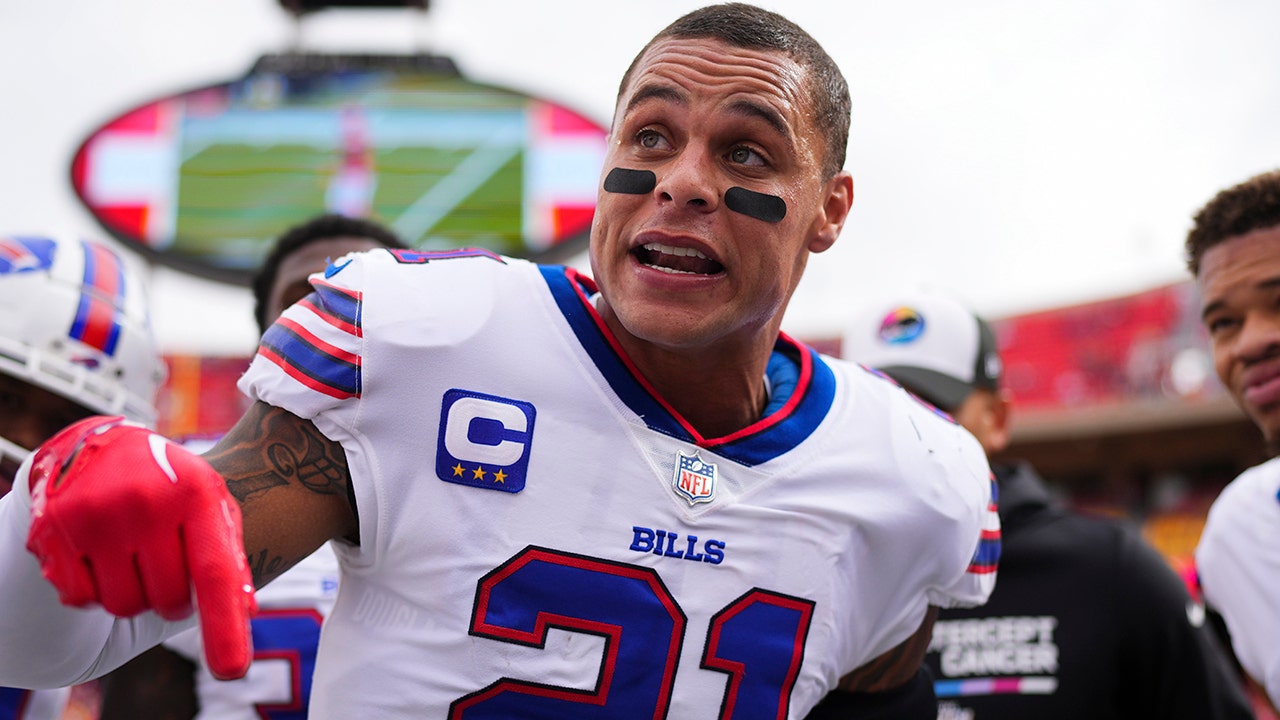NEW YORK — It was the best of times, it was the worst of times.
Twenty-six days after Novak Djokovic won Olympic gold in Paris, he finished off his second-least profitable Grand Slam season since 2009 with a stunning third-round defeat to Alexei Popyrin at the U.S. Open. With a few months remaining on the 2024 tennis calendar, he could end the year without a Tour-level title for the first time since 2005, while simultaneously securing what he describes as the “greatest achievement of his career”.
When has it ever been a case of either/or for Djokovic? The 24-time major winner is generally only satisfied when he is winning everything. Settling for anything less has generally been anathema to the man who has dominated tennis, with a blip or two, since the start of 2011.
As it so often goes in this sport, father time is undefeated. At 37 , perhaps the moment that was always coming has finally arrived. Not in a steep decline, nor an end to his relevance at Grand Slam tournaments. Just his becoming a player that can still hit the heights on occasion, but not all the time and not all season long.
Players who have beaten him include Alejandro Tabilo, Tomas Machac, Luca Nardi, and now Popyrin. His defeats at the majors to his two biggest rivals, Jannik Sinner in Australia and Carlos Alcaraz at Wimbledon, were both desperately one-sided. That Djokovic reached that Wimbledon final just six weeks after surgery on the medial meniscus of his right knee is testament to the fact that he can still be a force at Grand Slams. That Alcaraz cut him down so easily in that final is testament to the feeling that his defeats now, after so long, have the capacity to become ugly very quickly.

Novak Djokovic left New York without a Grand Slam title to his name this year. (Angela Weiss / AFP via Getty Images)
It happened against Popyrin, in front of 24,000 on Arthur Ashe. Djokovic has been in recovery for months, slowly upping his physical exertion, and in that time, his game has necessarily suffered. His ball-striking and tactical nous are still there, and he has even added a turbo boost when he needs it, most memorably ripping two forehands past Alcaraz in the second-set tiebreak at the Olympics.
His thoughts after his defeat to Popyrin didn’t account for any of that.
“I have played some of the worst tennis I have ever played, honestly, serving by far the worst ever,” Djokovic told reporters in a short post-match press conference as Friday night ticked into Saturday morning.
Ever since he returned from surgery, his service motion has been ungainly, particulary on the follow-through. He has looked unsteady as he lands, often stumbling into the court. But the ball has still gone in the box. Not so across this tournament, where he made 52 percent of his first serves, against a career average in the mid-60s. He hit 32 double faults in 38 service games across three rounds.
He also acknowledged that it had been difficult coming here so soon after the high of the Olympics, and that he wasn’t really in the right state to compete. “I spent a lot of energy winning the gold, and I did arrive to New York just not feeling fresh mentally and physically,” he said.

GO DEEPER
Novak Djokovic knew he would win Olympic gold – he just didn’t know when
“But because it’s the U.S. Open, I gave it a shot and I tried my best.”
All of this is totally understandable — it’s just, this is Djokovic. Aside from the 2016 to 2018 comedown after he completed the career Grand Slam, what’s been so remarkable about him is his ability to always go again, even as he’s ticked monumental achievement after monumental achievement off his list.
That wasn’t the case against Popyrin. He looked lifeless, struggling to rouse himself in the way he normally does, and he was strikingly quiet — barely making a sound as he struck the ball — even in moments of high exertion and stress. The crowd play was half-hearted. The tight games invariably went against him, rather than for him. The familiar first-set rope-a-dope that turns into a dominant four-set win never came.
In the third set and the early part of the fourth, when Popyrin was collapsing into serves, missing and lambasting himself, it looked as if the inevitable was coming. But it wasn’t the inevitable of the last 20 years that arrived. It was the inevitable of the last eight months.

Alexei Popyrin overcame a wobble midway through the match to seize control in the fourth set. (Sarah Stier / Getty Images)
As his Grand Slam season ends, the phenomenal achievement of winning Olympic gold increasingly looks like a shiny distraction, in analytical terms. Nothing can diminish the scale of doing that at 37, not least Djokovic’s reaction as he collapsed to the clay and shook with tears, but it has still been a pretty disappointing year for him. There are mitigating circumstances — not just Djokovic’s knee, but being struck on the head by a metal water bottle in Rome — that have made achieving his usual heights even more challenging.
He will be back for the Australian Open, desperate to wrestle the title he has won 10 times back from Jannik Sinner, but what happened on Friday wasn’t a blip. It was not an earth-shattering result, like when he lost to Sam Querrey at Wimbledon in 2016, which turned the tennis world upside down. Losing to Popyrin, who ran him close at this year’s Australian Open and at Wimbledon too, was in keeping with many of his defeats this year.
Winning in Paris was the outlier, and while a Grand Slam final; semifinal; and quarterfinal is a year that the vast, vast majority of players would retire on at any age, that isn’t how Djokovic thinks. Until 2024, he had won a major title every year since 2010, but for 2017.
“Sitting from a larger perspective, of course I have to be content,” Djokovic said when asked to take a longer-term view himself. Seeing whether Djokovic has the ability to reset his goals in the next year or so, and whether he is happy to do so, will be one of the defining stories in tennis in 2025.
(Top photo: Charly Triballeau / AFP via Getty Images)






